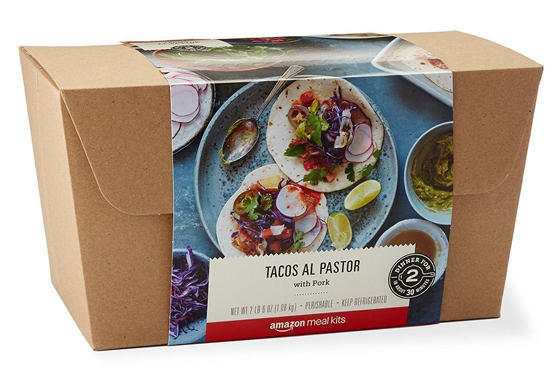It’s come to this; shopping, food preparation and cooking are so burdensome that corporate America has concluded a smart profit’s to be made from a niche target market, namely, those adults who are unwilling to eat frozen dinners or have Grub Hub deliver restaurant take-out but are too busy, inexperienced or lazy to shop, prep and cook for themselves or their families.
Enter the geniuses who figured out that meal-planning and ingredients delivered in a cardboard box could reassure those who’ve never really mastered shopping and cooking but who want to feel like responsible adults in the kitchen. Given the number of ads from companies who have entered the meal-kit space, there are plenty of guilt-ridden people out there willing and able to pay a premium price to eat at home.
Most all of us are a long ways away from the days when we’d pick veggies from our home gardens and lop the head off a chicken to be plucked and butchered. The trajectory from America’s agrarian past to today’s sanitized, pre-packaged food kits parallels the ways in which our relationship to nature has been thoroughly altered. We now rely on an industrial food production system, virtual food factories cranking out edibles the same way we crank out automobiles. In a spacious realm between fast-food and home cooking, a vast market of food illiterates awaits salvation, easy targets for the latest in time-saving devices.
Set aside the fact that most Americans don’t know how to properly use a kitchen knife to slice an onion; our relationship to food is like much else in modern life: objectified. We’re losing our hands-on experience of the world in favor of manufactured or virtual experience. In many if not most cases, these experiences are in response to the profit motives of others. Our loss is others’ gain, capitalism’s classic scenario.
I’ve been shopping and cooking for my family since I left home at eighteen. I grew up in a house where food prep and cooking were on display every day, and luckily for me, my mother was a fantastic cook. She’d learned from her mother and grandmother and used to tell me tales of homemade cottage cheese hanging in cheesecloth over her childhood kitchen sink. Every night our family sat down around the dinner table while my mother served up yet another wonderful meal made from scratch. Admittedly, in the 1950s a middle-class housewife had far less household financial responsibility than today and far more time to shop and cook.
Today’s meal-kit industry has stepped into our present social chasm, but although their television commercials feature happy-looking homemakers wielding spatulas while assembling and serving an attractive dish, no attention is paid to honoring techniques of the humble kitchen knife. I suspect many of these meals end up unprepared and discarded in the trash or served looking far less attractive than they do on TV. And do these budding home chefs know what good food actually tastes like?
Cooking shows are very popular today–not Julia Child type shows–but cooking competitions, contests about who can eat the most, or sensationalist displays of eating grilled beetle grubs. Food as entertainment fits neatly into the new meal-kit concept as image replaces authenticity. Eating frozen dinners or delivered pizza gets old fast, and self-image improvement drives some people to explore actually buying and preparing food for themselves. Who knows, perhaps a spin down the supermarket produce aisles is next?








Most everyone should learn to use a Crock Pot. With cooler days and chilly nights, meals can be prepared in the morning and left on low for several hours while busy parents work and children are in school. Crock Pots are made for non cooks who can read!